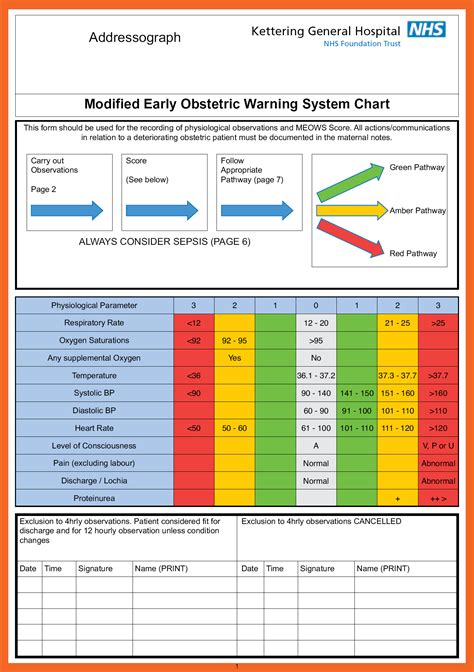The Symphony of Feline Vocalisations: Deciphering Cat Cries
In the symphony of our feline companions' existence, their cries hold a significant place, communicating a wide range of emotions and needs. Understanding these vocal cues can provide invaluable insights into our cats' well-being and facilitate a stronger bond between us.
Meows: The Language of Communication
Meows are the most common vocalisation emitted by cats, serving as a versatile means of communication.
-
Friendly Meows: This high-pitched, short meow is often used by kittens to greet their mothers or by adult cats to express contentment and affection.
-
Demand Meows: When cats need something, such as food or attention, they may meow in a more insistent and repetitive manner. These meows are typically louder and may be accompanied by pacing or pawing.
-
Greeting Meows: Cats often meow upon seeing their owners, especially when they have been separated for a period of time. These meows are often accompanied by headbutting and purring.
Purrs: A Sign of Contentment
Purring is a low-frequency rumble emitted by cats when they are relaxed and comfortable. It is often associated with feeding, grooming, and social interaction. According to the American Association of Feline Practitioners (AAFP), purring has therapeutic benefits for both cats and humans, reducing stress and promoting relaxation.
Chirps and Trills: Expressions of Excitement
Chirps and trills are short, high-pitched sounds that cats make when they are excited or curious. These vocalisations are often heard during play or when cats are watching birds or other moving objects.

Hisses and Growls: Warnings of Displeasure
Hisses and growls are defensive vocalisations used by cats to warn perceived threats. Hisses are typically short, sharp sounds, while growls are lower-pitched and more sustained. These vocalisations are a clear indication that your cat is feeling threatened or uncomfortable.
Yowls: Vocal Expressions of Distress
Yowls are loud, long-lasting vocalisations that cats emit when they are in pain, distress, or extreme fear. These cries can be particularly alarming and may indicate serious health conditions or emergencies.

Interpreting Cat Cries: A Step-by-Step Approach
-
Observe Your Cat's Body Language: The context of your cat's cry can provide valuable clues. Is your cat crouched with its ears flattened or arched back? These postures indicate fear or aggression.
-
Consider the Time and Situation: The time of day and the situation in which your cat is crying can also help you interpret its meaning. For example, a meow at the dinnertime may indicate hunger.
-
Experiment with Different Responses: Try responding to your cat's cries in different ways. For example, if your cat is meowing for attention, try petting it or engaging in play. If your cat is growling, give it space and avoid approaching it.
Stories and Lessons
-
Henry the Hungry Howler: Henry, a 10-year-old domestic shorthair, had a habit of meowing incessantly at dinnertime. His owners finally realised that he preferred his food to be served at a specific time, and once they adjusted his feeding schedule, his meows at mealtime ceased.
-
Sophie the Stressed Yowler: Sophie, a 5-year-old Siamese, would occasionally let out piercing yowls during thunderstorms. Her owners discovered that she was particularly afraid of loud noises, and they would comfort her during these events by providing a safe hiding place and playing soothing music.
-
Milo the Curious Chirper: Milo, a 1-year-old Bengal, would often chirp and trill while watching birds outside the window. His owners realised that he was fascinated by movement and would provide him with plenty of toys to stimulate his curiosity.
Tips and Tricks
-
Create a Calming Environment: Provide your cat with a safe and comfortable space where it can retreat when feeling stressed or anxious.
-
Use Pheromone Diffusers: Pheromone diffusers can help reduce stress and anxiety in cats, potentially reducing the frequency of excessive meowing.
-
Provide Plenty of Entertainment: Keep your cat stimulated with interactive toys, scratching posts, and climbing structures.
-
Consult a Veterinarian: If your cat's cries are persistent or accompanied by other unusual behaviours, it is essential to consult a veterinarian to rule out any underlying health conditions.
Call to Action
Understanding your cat's cries is a priceless gift that can strengthen the bond between you. By observing your cat's body language, considering the context, and being responsive to its vocal cues, you can create a harmonious relationship where your feline friend feels loved, secure, and verstanden.

Tables
Table 1: Common Cat Vocalisations and Their Meanings

| Vocalisation |
Meaning |
| Meow |
Communication, greeting, demand |
| Purr |
Contentment, relaxation |
| Chirp |
Excitement, curiosity |
| Trill |
Excitement, playfulness |
| Hiss |
Warning, defence |
| Growl |
Warning, aggression |
| Yowl |
Distress, pain |
Table 2: Factors to Consider When Interpreting Cat Cries
| Factor |
Importance |
| Body language |
Indicates posture, tail position, and ear movements |
| Time and situation |
Contextual clues, such as feeding time or exposure to threats |
| Response |
Experimenting with different reactions to refine understanding |
Table 3: Tips for Reducing Excessive Cat Vocalisations
| Tip |
Purpose |
| Create a calming environment |
Provides a safe space for retreat |
| Use pheromone diffusers |
Releases calming pheromones |
| Provide plenty of entertainment |
Stimulates curiosity and reduces boredom |
| Consult a veterinarian |
Rules out underlying health conditions |
